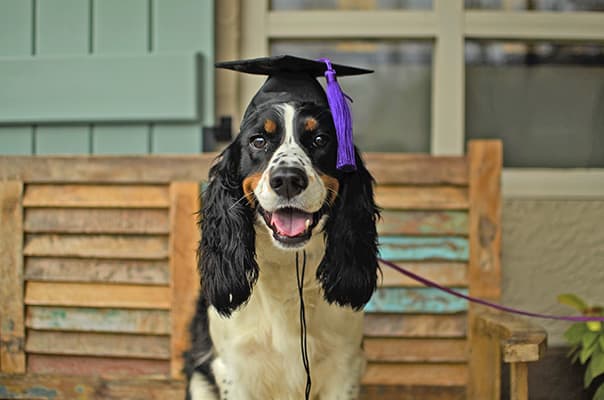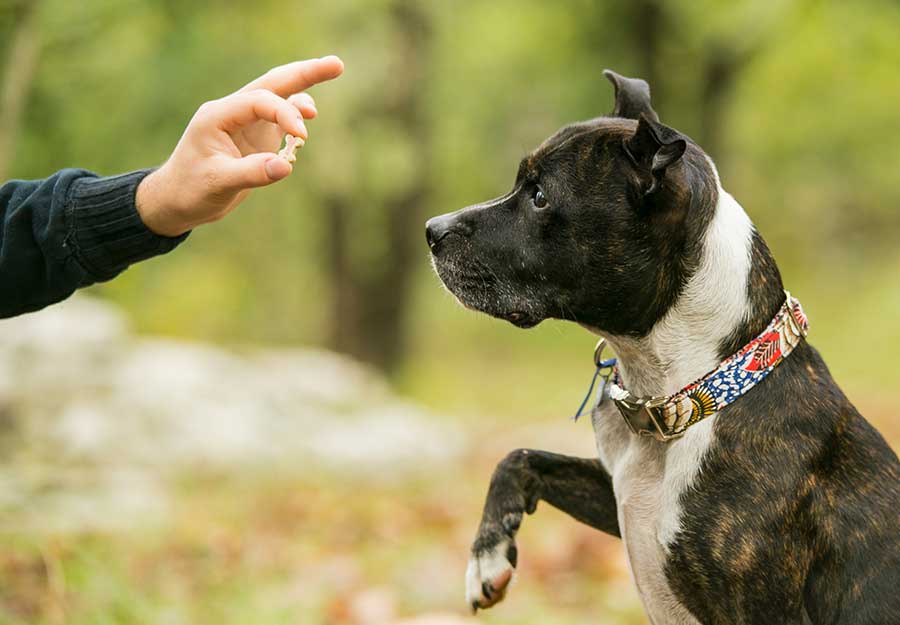Unlock Your Pet's Possible: Proven Dog Training Methods for Success
Efficient canine training is a nuanced procedure that pivots on recognizing canine behavior and utilizing scientifically backed strategies. dog training charlotte. By integrating positive support, establishing clear commands, and focusing on socialization, canine owners can grow an effective partnership with their pet dogs. Nevertheless, difficulties typically occur that require tailored options and a client strategy. Exploring these verified approaches exposes not only the potential for behavioral enhancement yet likewise the much deeper bond that can be formed between proprietor and pet dog. What essential methods must be thought about to really unlock your pet's capacity?
Recognizing Dog Actions
Understanding dog behavior is necessary for efficient training and fostering a favorable connection in between canines and their proprietors. A detailed understanding of canine body movement, articulations, and social interactions is critical for identifying their needs and feelings. Canines connect mainly with non-verbal cues; for instance, a wagging tail may indicate enjoyment, while pinned ears can indicate worry or submission.

In addition, environmental elements play a considerable role fit a dog's actions. Modifications in regular, brand-new environments, or the visibility of strange individuals can result in tension or anxiousness in canines. Recognizing these triggers enables owners to reduce damaging responses and develop appropriate training approaches.
Inevitably, a deep understanding of canine behavior lays the structure for successful training techniques, boosting both habits and the total bond between the canine and its proprietor. Dog training. This knowledge is indispensable for promoting a well-adjusted, happy canine companion
Positive Reinforcement Techniques
Reliable training counts heavily on favorable support methods, which have been revealed to yield significant cause forming desired actions in pets. This strategy entails compensating a pet dog for exhibiting specific actions, thus increasing the likelihood that these behaviors will certainly be repeated. Incentives can take various types, consisting of treats, appreciation, toys, or playtime, depending on what inspires the private pet.

It is crucial to progressively phase out incentives as the dog discovers the actions, transitioning to recurring support. This method keeps the habits with time while avoiding dependence on continuous rewards. By concentrating on positive support, fitness instructors can grow a trusting partnership with their canines, advertising a healthy and balanced and cooperative training atmosphere that improves general obedience and efficiency.
Developing Regular Commands
A basic facet of effective pet dog training is the establishment of regular commands. Consistency in commands is important for reliable interaction in between the instructor and the dog. When commands are uniform, canines learn to associate particular words with preferred actions, which speeds up the training procedure and improves understanding.
To develop constant commands, it is crucial that all family participants make use of the very same terms and gestures. For example, if one person uses "rest" while one more claims "sit down," it can produce complication for the canine. Select clear, unique words for commands and guarantee everybody associated with the pet dog's training follows these selections.
In addition, rep is vital. Strengthen commands with constant practice, making certain that the pet dog receives enough chances to respond appropriately. When a pet effectively adheres to a command, prompt positive support should adhere to. This might be in the form of treats, appreciation, or play, solidifying the connection in between the command and the action.
Lastly, be client. Establishing consistent commands takes time and effort. With devotion and clarity, you will certainly help your pet develop a solid understanding of assumptions, inevitably resulting in a mannerly companion.
Socialization and Exposure
Socializing a canine is important for cultivating a well-adjusted and certain companion. This procedure involves revealing your pet dog to a range of settings, individuals, and various other pets to develop their social skills and versatility. Early socializing, ideally in between the ages of 3 to fourteen weeks, is critical, as it lays the foundation for a pet's future actions.
Throughout socialization, goal to supply positive experiences in various settings, such as parks, busy streets, and homes with various other family pets. Introduce your dog to numerous stimuli, including audios, sights, and scents, making certain that each encounter is fulfilling. This direct exposure helps minimize anxiety and anxiousness, paving the means for an extra resistant pet.
Involving in controlled group play sessions with other pets can additionally boost social skills, instructing your family pet proper communications and borders. Prioritizing socialization will considerably contribute to your dog's overall joy and habits throughout their life.
Overcoming Common Training Obstacles

Pet dogs might struggle to concentrate in unknown or busy setups. Progressively desensitize your pet dog to interruptions by starting training in a quiet setting and slowly introducing even more stimuli as they end up being competent.
Furthermore, behavior problems like leaping or excessive barking can end up being aggravating. Address these by educating alternate habits, such as sitting steadly when welcoming find more information guests. Consistency and patience are crucial; strengthen preferred actions regularly and stay clear of abuse, which can lead to confusion.
Lastly, acknowledge that each dog is special, and training timelines might differ. Tailor your approach to your canine's specific needs, and look for expert assistance if required. With willpower and the right anchor methods, overcoming these obstacles can lead to a well-trained, happy canine friend.
Final Thought
In final thought, unlocking a pet dog's possible requires a detailed strategy that integrates an understanding of canine habits, the application of favorable support techniques, and the establishment of consistent commands. Early socialization and direct exposure to varied environments even more boost a pet dog's flexibility and confidence. By dealing with usual training challenges with customized strategies and perseverance, a harmonious and participating connection between pet and handler can be fostered, inevitably resulting in a mannerly friend efficient in thriving in different situations.
Effective pet dog training is a nuanced procedure that hinges on recognizing canine behavior and utilizing medically backed strategies.Comprehending pet habits is crucial for efficient training and cultivating a favorable relationship in between canines and their owners.Efficient training relies heavily on positive reinforcement methods, which have been revealed to produce considerable results in forming preferred behaviors in canines. When commands are uniform, dogs learn to connect specific words with preferred habits, which accelerates the training process and boosts understanding.
In verdict, opening a pet's possible demands a thorough strategy that integrates an understanding of canine behavior, the application of positive reinforcement strategies, and the facility useful source of regular commands.
Comments on “The Benefits of Picking Dog Training Near Me for Tailored Solutions”